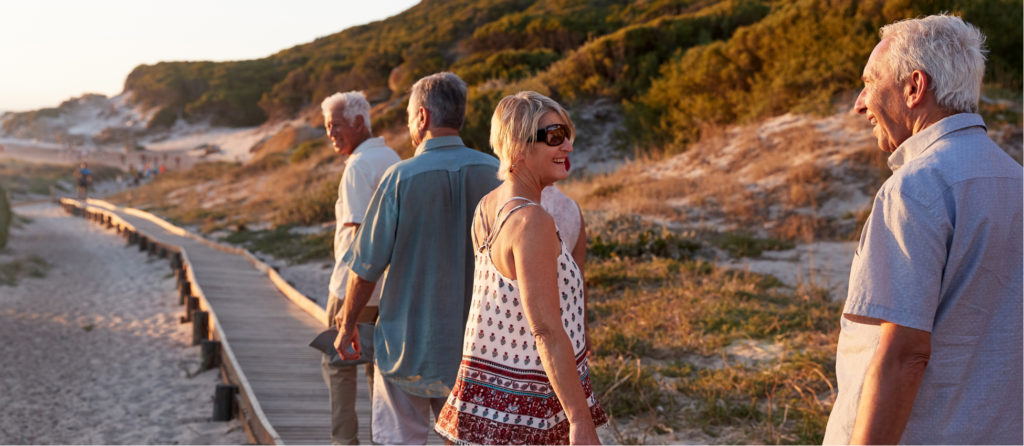Brough Castle is built on the site of the Roman fort of Verteris, which commanded the western approach to Stainmore. It was one of a series of forts guarding the route between York and Carlisle. It is a well chosen site on a steep slope above the Swindall Beck separating Church Brough with the church and castle from Market Brough, which still has a range of small shops.
The area was under constant attack by the Scots. The Normans built a stone curtain wall around the site around 1100. The Keep set on a motte at one end of the castle was built in the late C12th. This was the main living accommodation until the later range was built.
The castle passed to the Clifford family, major landowners and one of the powerful local families with castles at Appleby, Brougham and Pendragon. Brough became their main residence and in the C14th they added more comfortable accommodation along the curtain wall by the Clifford Tower. This had vaulted service rooms on the ground floor with the great hall on the first floor with more private family rooms above. In the C15th, this range was extended by adding more rooms in front of it. Across the courtyard was the service wing with kitchens, bakehouse and brewhouse. The main living range was accidently burnt down over Christmas in 1521. The castle was left in ruins until it was restored by Lady Anne Clifford in the C17th for use as her main home. After her death it was abandoned again as the family moved to Kent. By the C18th the castle was in ruins again.
The castle is at the end of the village and reached by following signs to Brough Castle Ice Cream Parlour and Tea Shop. There is plenty of parking in the square. A well made path goes to the castle through three kissing gates to the castle set high on a mound.
Entry is through the gatehouse which was originally three stories high and had portcullis and drawbridge. The large courtyard is paved with rough sandstone cobbles. Immediately to the left of the gatehouse are the stables. The Clifford living range is to the left, with remains of rooms and stone staircases. Opposite are the foundations of the kitchens, bakehouse and brew house.
The keep is separate from the castle on top of a mound, reached by a modern wooden stair case. Originally intended for defence, it is now an empty shell.
The castle is in the care of English Heritage and according to the website is open 10-6. The gates leading to the castle were unlocked when we arrived around 9.30am. Entry is free.
The castle is on a super sight with good views across the Cumbrian countryside. Unlike Bowes at the eastern end of Stainmore, it is worth finding.







